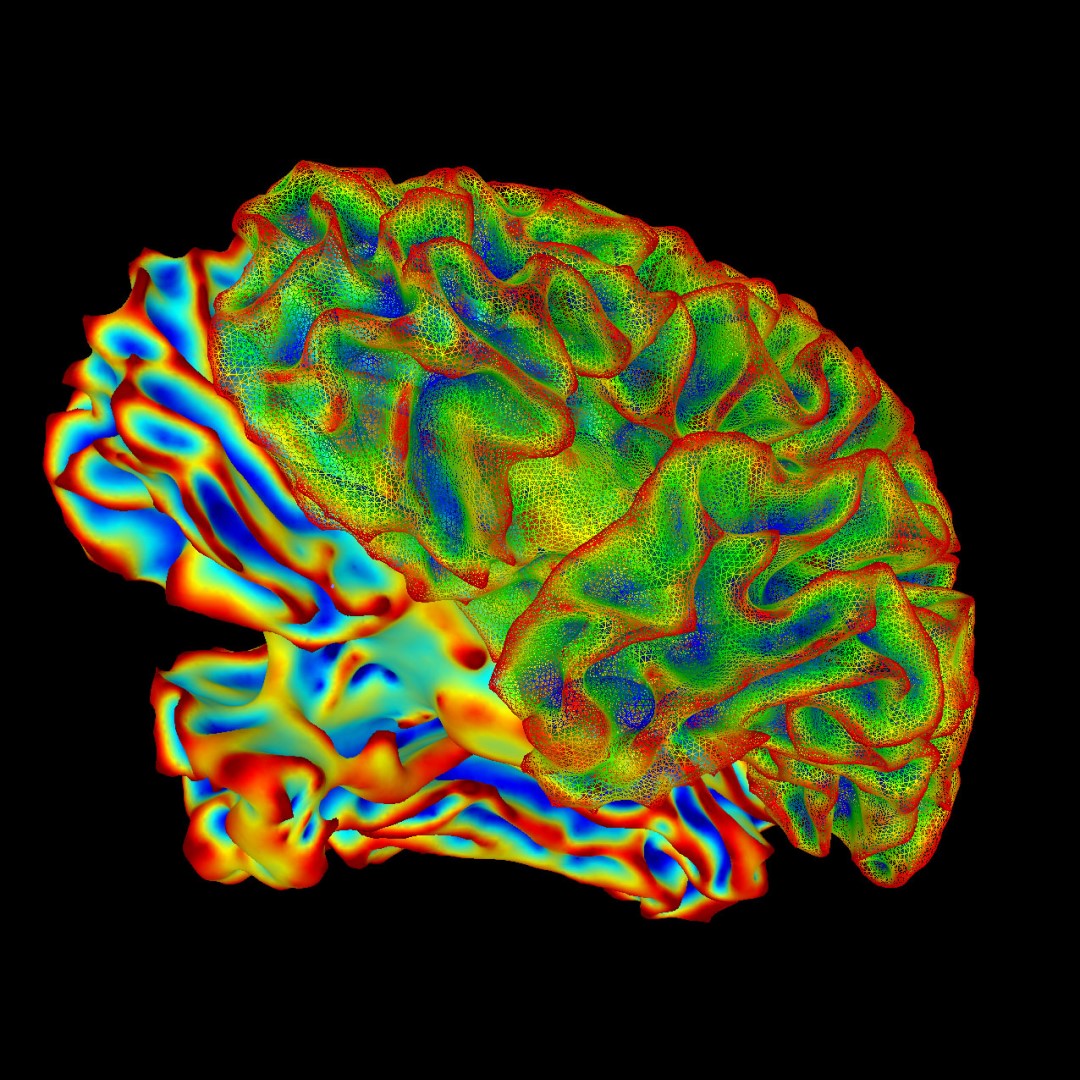
Atlas of Brain’s Mitochondria Reveals High Cognition Areas Supplied with More Energy
On Mar. 26, 2025, researchers from Columbia University announced they have created MitoBrainMap, the first-ever atlas of the brain’s mitochondria.
A major barrier to understanding the brain’s energy landscape is the “scale gap” between microscopic studies of mitochondria within individual cells and macroscopic neuroimaging studies, such as magnetic resonance imaging (MRI), that look at the entire brain.
To bridge this gap, the researchers obtained a section of a frozen human brain and diced it into 703 3x3x3mm cubes, a size that corresponds to the resolution of neuroimaging scanners. The team then determined the mitochondrial density and energy transformation capacity within each cube—roughly the size of a large grain of sand—yielding an energy map of the entire slice.
Computational modeling was then employed to extrapolate the findings from the single slice to the whole brain—a necessary compromise since analyzing each one of the brains ~50,000 voxels would have taken many years to accomplish.
The mapping effort revealed that mitochondria differ not only by cell type, but also by the brain region. The researchers also found that newer brain regions, which distinguish humans from other species, not only contained more mitochondria, but these mitochondria were specialized for more efficient energy production, in keeping with the high energetic costs of these regions compared with evolutionarily older regions.
Additional research is now needed to test, validate, and apply MitoMapping in various research and clinical contexts. Such scans would enable scientists to explore relationships between mitochondrial function and brain activity during cognition, development, disease states, and psychological states.
MitoBrainMap is just the first version of the brain’s energy landscape. The researchers are currently analyzing nine different brain regions in some 500 brains, which will help them determine how patterns of mitochondrial distribution and specialization differ among individuals and improve the map’s prediction accuracy.
Tags:
Source: Columbia University
Credit:
